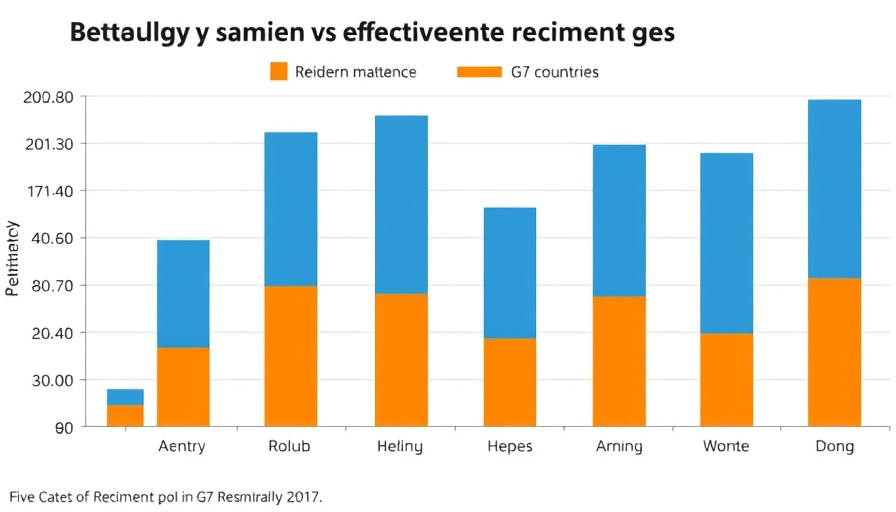
Labor Market Sent Signals of Slowing Growth
The latest data from the U.S. Labor Department reveals a notable uptick in jobless claims, now at their highest levels since November 2021. Continuing claims for unemployment benefits surged by 37,000, indicating that the labor market is evolving at a slower pace. Mary Daly, president of the Federal Reserve Bank of San Francisco, describes the job market's current trajectory as 'progressing solidly, although more slowly than before.'
This noticeable reduction in hiring and firing practices suggests that companies are becoming more cautious in their workforce strategies. Samuel Tombs, chief U.S. economist at Pantheon Macroeconomics, attributes this volatility to anticipated challenges for corporate hiring plans, projecting that the unemployment rate could rise to 4.8% by December.
The Impact on Employee Performance and Talent Management
As the labor market shows signs of strain, CHROs and operational leaders must reevaluate their talent management strategies to foster employee engagement and optimize workforce dynamics. With heightened risks of unemployment and fluctuating job security, organizations must pivot towards people-first leadership models to ensure their teams remain motivated and productive.
Implementing effective employee retention strategies is now more critical than ever. Ensuring that employees feel valued and engaged can mitigate some effects of this slowdown. Leaders should leverage data-driven HR metrics to assess employee performance and develop succession planning initiatives that promote organizational stability.
Future Trends in Workforce Strategy
Looking ahead, the landscape of workforce optimization is set to evolve in response to current economic conditions. Companies may need to adopt a high-performance culture that prioritizes adaptability and resilience. Fostering an environment where employees can thrive amidst uncertainty will not only solidify their engagement but also enhance overall organizational health.
In the face of potential interest rate reductions and cooling inflation, it becomes imperative for executives to understand how these factors interplay with employee performance. Investing in leadership development and embracing innovative workforce strategies will be essential for navigating this changing terrain.
Taking Action in a Sluggish Labor Market
To remain competitive, operational leaders should seize the opportunity to reexamine and fortify their workforce approaches. By prioritizing employee experience and performance-driven leadership, organizations can better weather the slowing labor market and emerge stronger.
 Add Row
Add Row  Add
Add 




Write A Comment